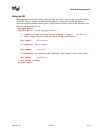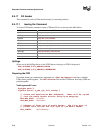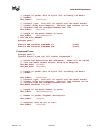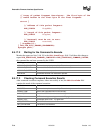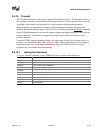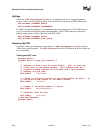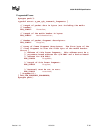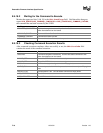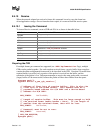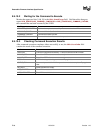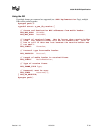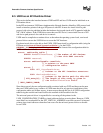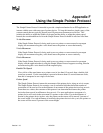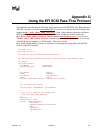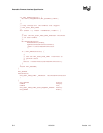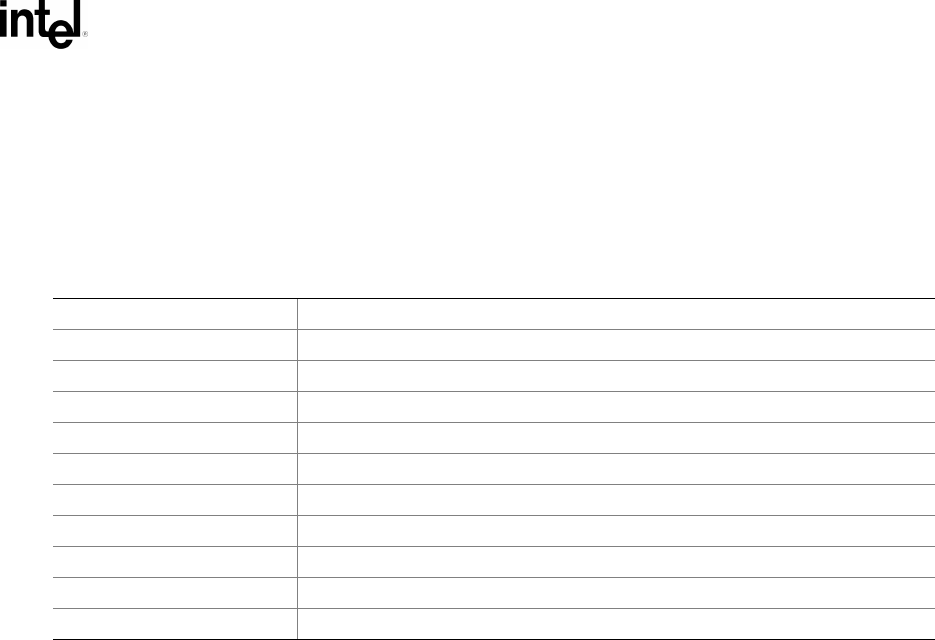
32/64-Bit UNDI Specification
Version 1.10 12/01/02 E-89
E.4.19 Receive
When the network adapter has received a frame, this command is used to copy the frame into
driver/application storage. Once a frame has been copied, it is removed from the receive queue.
E.4.19.1 Issuing the Command
To issue a Receive command, create a CDB and fill it in as shown in the table below:
CDB Field How to initialize the CDB structure for a Receive command
OpCode
PXE_OPCODE_RECEIVE
OpFlags Set as needed.
CPBsize
sizeof(PXE_CPB_RECEIVE)
DBsize
sizeof(PXE_DB_RECEIVE)
CPBaddr
Address of a PXE_CPB_RECEIVE structure.
DBaddr
Address of a PXE_DB_RECEIVE structure.
StatCode
PXE_STATCODE_INITIALIZE
StatFlags
PXE_STATFLAGS_INITIALIZE
IFnum
A valid interface number from zero to !PXE.IFcnt.
Control Set as needed.
Preparing the CPB
If multiple frames per command are supported (see !PXE.Implementation flags), multiple
CPBs can be packed together. For each complete received frame, a receive buffer large enough to
contain the entire unfragmented frame needs to be described in the CPB. Note that if a smaller than
required buffer is provided, only a portion of the packet is received into the buffer, and the
remainder of the packet is lost. Subsequent attempts to receive the same packet with a corrected
(larger) buffer will be unsuccessful, because the packet will have been flushed from the queue.
#pragma pack(1)
typedef struct s_pxe_cpb_receive {
// Address of first byte of receive buffer. This is also the
// first byte of the frame header. This address must be a
// processor-based address for S/W UNDI and a device-based
// address for H/W UNDI.
PXE_UINT64 BufferAddr;
// Length of receive buffer. This must be large enough to hold
// the received frame (media header + data). If the length of
// smaller than the received frame, data will be lost.
PXE_UINT32 BufferLen;
// Reserved, must be set to zero.
PXE_UINT32 reserved;
} PXE_CPB_RECEIVE;
#pragma pack()



